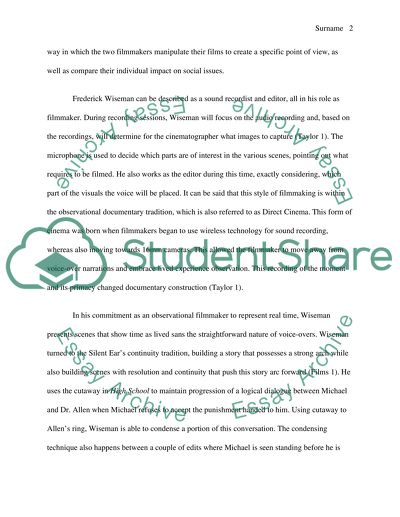Cite this document
(“Frederick Wiseman and Michael Moore Research Paper”, n.d.)
Frederick Wiseman and Michael Moore Research Paper. Retrieved from https://studentshare.org/journalism-communication/1485922-wiseman-moore-internet-assignment
Frederick Wiseman and Michael Moore Research Paper. Retrieved from https://studentshare.org/journalism-communication/1485922-wiseman-moore-internet-assignment
(Frederick Wiseman and Michael Moore Research Paper)
Frederick Wiseman and Michael Moore Research Paper. https://studentshare.org/journalism-communication/1485922-wiseman-moore-internet-assignment.
Frederick Wiseman and Michael Moore Research Paper. https://studentshare.org/journalism-communication/1485922-wiseman-moore-internet-assignment.
“Frederick Wiseman and Michael Moore Research Paper”, n.d. https://studentshare.org/journalism-communication/1485922-wiseman-moore-internet-assignment.


